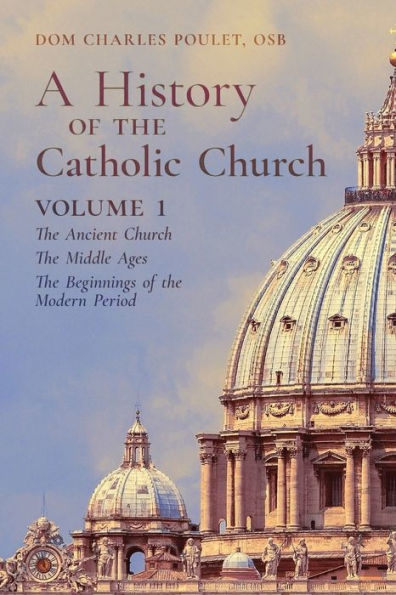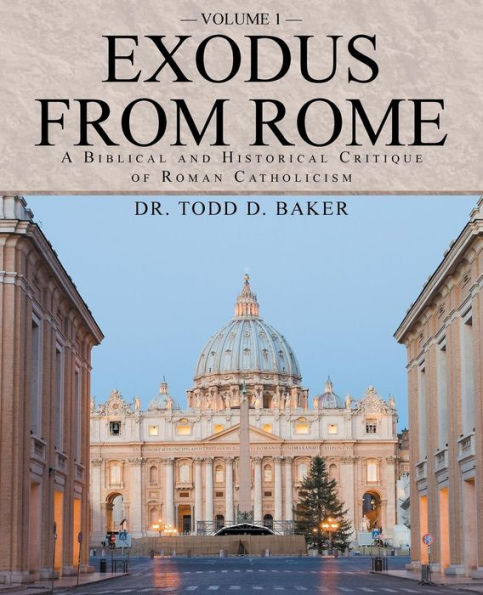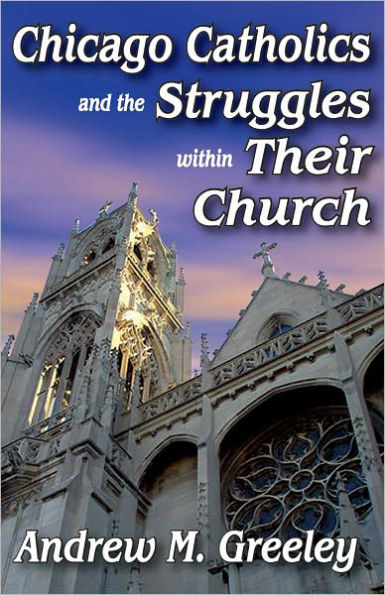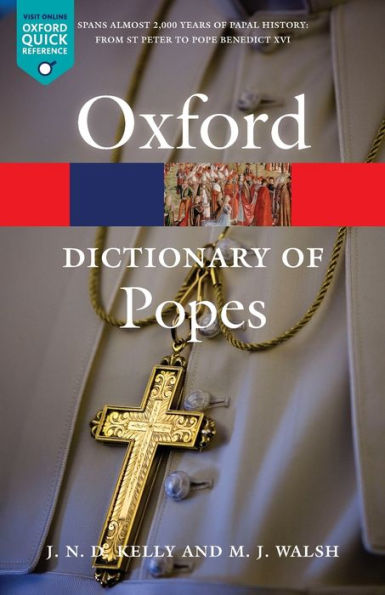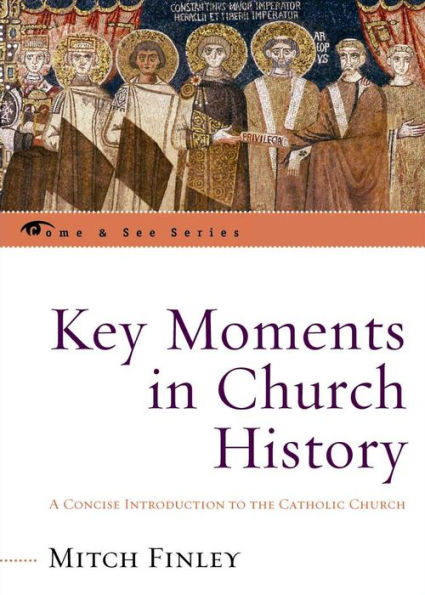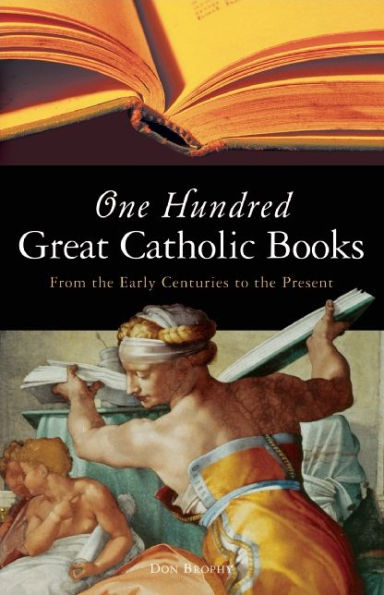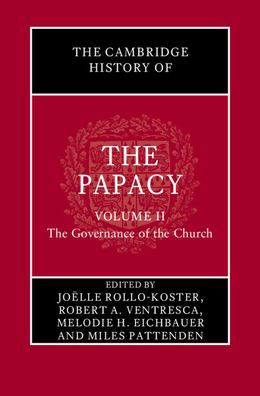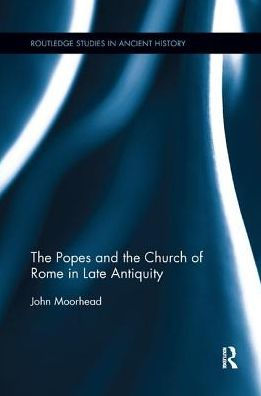Home
The Catholic Popes in a Nutshell: Volume 1: The Age of Persecutions
Barnes and Noble
The Catholic Popes in a Nutshell: Volume 1: The Age of Persecutions
Current price: $29.99
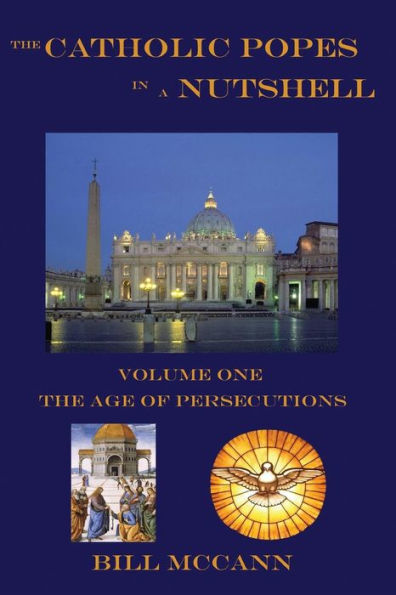

Barnes and Noble
The Catholic Popes in a Nutshell: Volume 1: The Age of Persecutions
Current price: $29.99
Size: OS
Loading Inventory...
*Product information may vary - to confirm product availability, pricing, shipping and return information please contact Barnes and Noble
This is the first volume in a planned series on the Catholic Popes. It takes us from St. Peter in AD 32 to the papacy of Sylvester I and the Council of Nicaea in AD 325. This is the
, in which many Christians died for their faith and many, many more suffered daily hostility and harassment at. A brief Introduction provides background by introducing the papacy and the Holy See and describing the main features that distinguish a Pope and define his place in the Catholic Hierarchy. The nutshell profiles of the first Popes are followed by a Concluding Essay which attempts to put the
into its political and social contexts.
Few reliable documents have survived from the period covered by this first volume. As result, we can only look through a gauze at the struggles endured and overcome in these first hostile centuries. Nevertheless, we can still see with sufficient clarity how the deeds and fates of these first 33 Popes laid the solid foundations for all that was to come.
The Catholic Church is the largest and oldest Christian Church. It is the fount from which the eastern Orthodox Churches and all Christian sects have sprung. It is impossible to underestimate the influence of this Church on the birth and development Western, which is to say European, civilisation and culture. Despite its origins in 1st century Palestine, and despite its universality, the Catholic Church is a European Church at heart. Its centre has always been at Rome, the city it has done so much to build and beautify - and protect from outright destruction during the last dark days of the Second World War.
The influence of this Church on the development of European history was immense. It was the influence of the Catholic Church that dragged Europe from the age of lawless and barbaric tribes into the regulated and, relatively, more humane age of the kingdoms of Europe. It was Irish Catholic monks who preserved for us the writings, the learning and the teachings of the ancient Greeks and Romans during the turbulent, frightening and almost catastrophic centuries of the so-called Dark Ages. Without these intellectual treasures, the glories of European culture and civilisation would have been impossible. Without these treasures, the Renaissance, that great outpouring of Thought, of Art, of Music, of Theatre, of Humanism and of Science would have been stillborn.
And without the Catholic Church the glories of Thought, of Literature, of Art, of Architecture, and of Music in particular, would have been impossible. Through her direct participation, indirect inspiration and, most especially, liberal patronage she bequeathed us those things that we now treasure as signifiers of an educated and cultural man. Without her we would not today be able to enjoy the visual masterpieces of Michelangelo or Caravaggio or Leonardo da Vinci, for example, nor could we enjoy the Masses of Haydn and Mozart, Handel's Messiah or the Requiems of Faure, Brahms, Berlioz or Verdi, to give but a very few examples of the huge musical debt European Culture owes to the Catholic Church.
Of course, the Catholic Church is a human institution and, like all human institutions, she has suffered, and suffers yet, from the whole kaleidoscope of human frailties, foibles and failings. To expect anything else would be unrealistic, to attempt to define the Church wholly in terms of those human weaknesses, as many in the sects that grew out of the Reformation still do, is utterly ridiculous.
If those frailties, foibles and failings are to be found in the men who nurtured, developed and governed the Catholic Church, then so too are the faith, fidelity and fearlessness without which no human undertaking can survive. Of those men, the most conspicuous have been the 266 Popes who have led the Catholic Church from its beginning in AD 32 to the present day.
